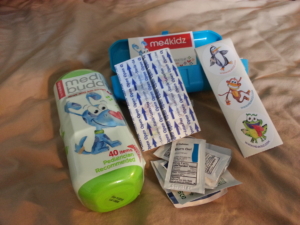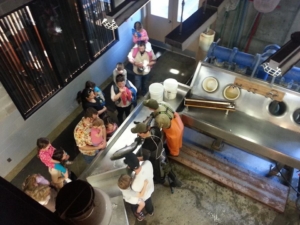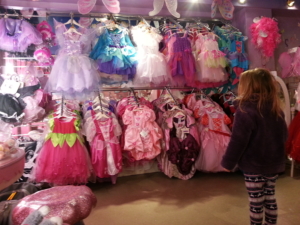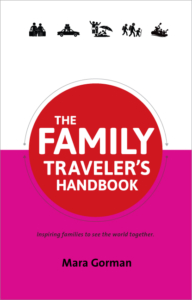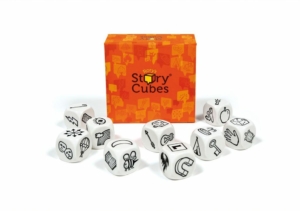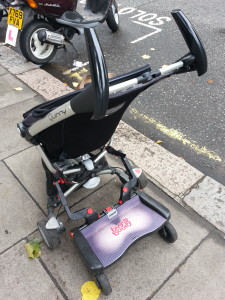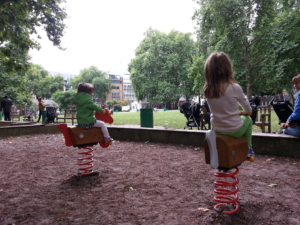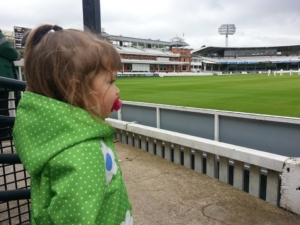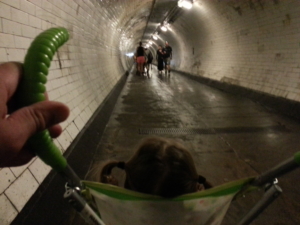First-aid kits for the traveling family
I never was a Boy Scout, but—especially as a father—I always have embraced the notion of being prepared.
For this reason, the girls and I never leave the house without multiple snacks, plenty of water, and at least one change of clothes for each of them. Also in my fatherhood rucksack: a Ziploc full of crayons and a pad of blank paper. I also keep a backup cell phone battery, in case we are desperate to listen to some Taylor Swift (or, say, make an emergency call).
Faced with next month’s trip to Yosemite National Park, I’ve been applying my preparedness mantra in new and exciting ways. Backup raingear! Backup nightlights for our hotel room! Extra batteries for the headlamps!
The real focus of my neuroses in preparation for this trip: Our first aid kit.
Stocking the primary kit was easy; I’ve been hiking into the backcountry for nearly 20 years, and have become a skilled veteran at making sure the mothership has all of the bandages, Bacitracin, moleskin and other goodies it can fit.
Procuring secondary (backup, if you will) kits for the girls proved to be a bit more difficult. At first I tried piecing together my own, jamming Doc McStuffins-themed Band-Aids and Neo-to-Go vials into tiny little dry bags for the girls’ packs. Then, on an impromptu visit to Bed, Bath & Beyond, I discovered tiny kid-friendly kits from an Arizona company named me4kidz.
The kits, which retailed for $3.99 apiece, are about the size of a standard glasses case. Inside they have standard-issue gauze, sting relief pads, towelettes, antibiotic ointment (a.k.a., Bacitracin), and sponges. They also have 12 bandages decorated with silly animal characters. And stickers. Lots of stickers.
No, the characters on these bandages aren’t as cool as the characters from Doc. But they are pretty cute. And they’re SOMETHING (as opposed to the boring rectangles that are grown-up bandages and Band-Aids).
That’s what I think I like best about these little first-aid kits; clearly they were designed by parents with kids like mine. The fact that the kits contain stickers is amazing in and of itself. What’s more, the cases come in different colors—something that young kids (including my own, BTW) get really interested in/possessive about.
(ICYW, L claimed the turquoise one, while R opted for orange.)
Will the me4kidz kits help us treat a serious injury in the backcountry? Probably not. But considering that we’ve got the fallback of my primary kit and the fact that we rarely will be more than two or three miles out into the actual “backcountry,” I think the kits will serve us just fine.


